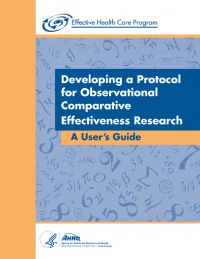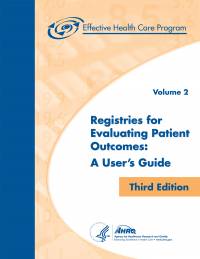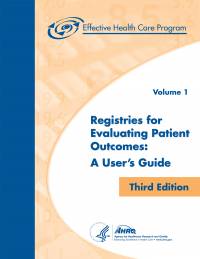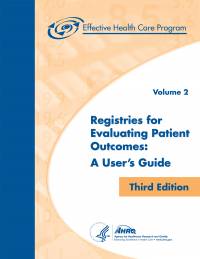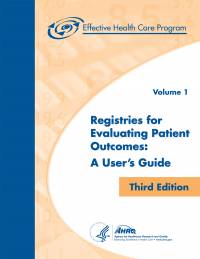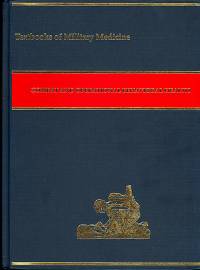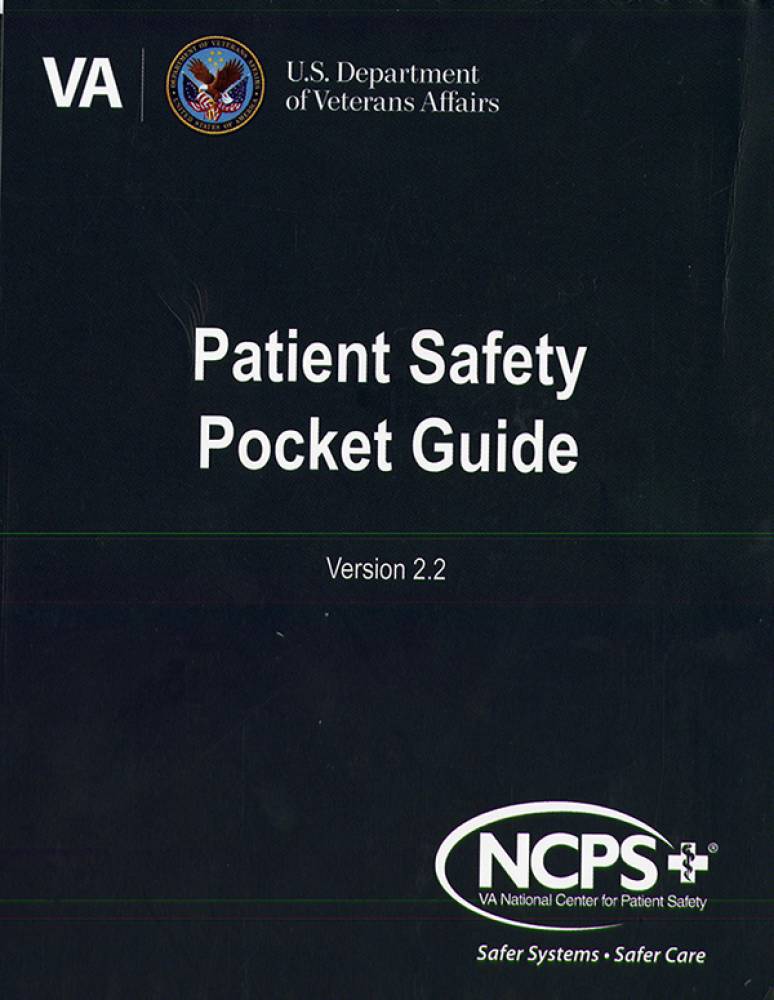
Health care environments, processes, and devices must work seamlessly to accommodate the strengths and weaknesses of many different human factors including healthcare workers, patients, families, and loved ones. Safe healthcare requires the blending of many fields of science with a humanistic approach. The merging of science and people sometimes presents an unrecognized safety risk. Through the use of the Root-Cause Analysis (RCA) and Healthcare Failure Mode Effective Analysis (HFMEA) processes, healthcare professionals are provided the tools to identify the cause of a patient safety event in order to prevent that event from reoccurring.
This pocket guide has been developed to provide the tools needed to facilitate patient safety related processes from beginning to end.
Introduction 5
Decision to do an RCA 9
Getting Started 13
Patient Safety Event Triage 19
• Rules (Policies and Procedures) 21
• Safeguards (Barriers and Controls) 23
• Environment 25
• Equipment 27
• Information Technology 30
• Fatigue / Scheduling 32
• Training 34
• Communication 36
Root Cause Analysis (RCA) 39
• RCA Overview 40
• Determining a RCA is needed 41
• Building the Team 42
• Charter the RCA 43
• Sequence of Events (Initial Flowchart).46
• Identify Information Gaps 47
• Assign Tasks 48
• Fact Finding 49
• Synthesize Information 50
• Final Sequence (Final Flowchart) 51
Root Cause Analysis (RCA) - Continued
• Identify Root Causes 56
• Corrective Actions 58
• Develop Action Plan 59
• Outcome Measures 61
• Reporter Feedback 64
• Lessons Learned 65
• Director Concurrence 66
• Record Keeping 67
• Costing 68
• Sign-off 69
• Follow-up 70
Healthcare Failure Mode Effect Analysis 71
• Purpose 72
• Define the Topic 79
• Assemble the Team 80
• Flowcharting 81
• Hazard Analysis 86
• Actions and Outcomes 100
• Acronyms 101
• Definitions 123
Healthcare professionals and educators will find this resource of value.
Product Details
- Hospital Patients
- Veterans Medical Care


